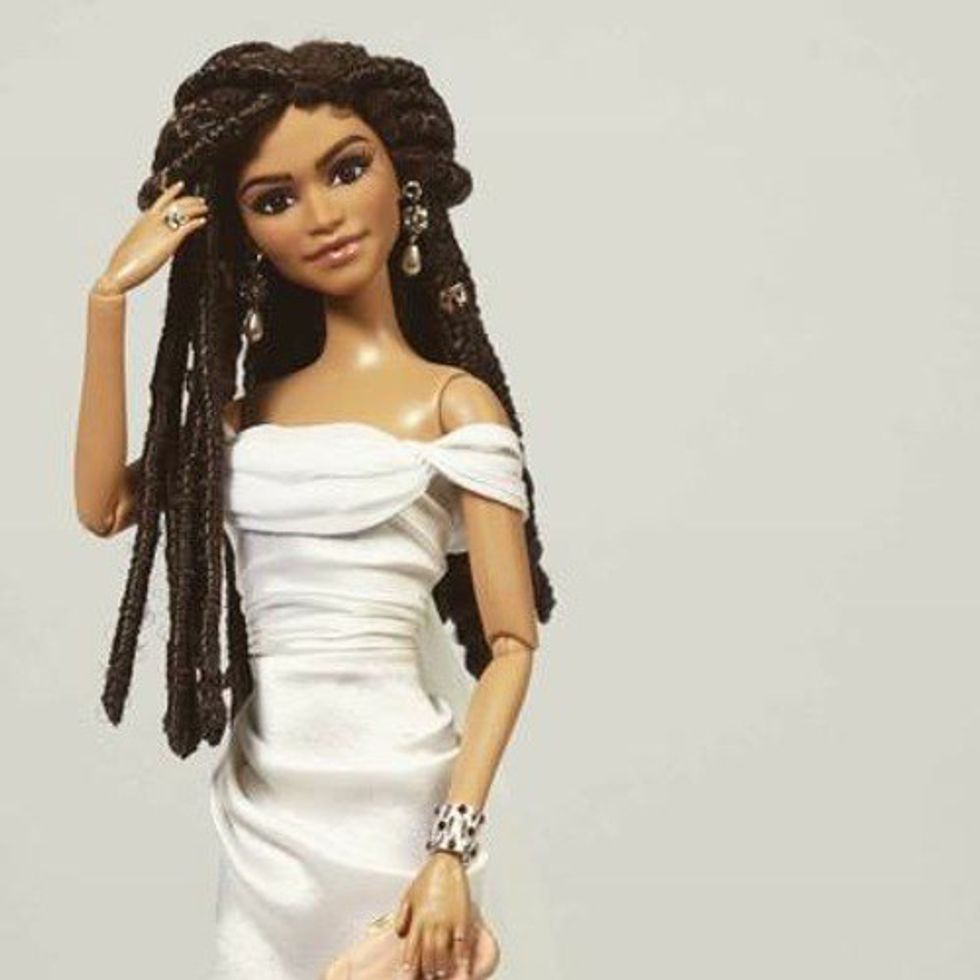In 1945, Mattel Creations was founded by Ruth and Elliot Handler. The idea and inspiration for Barbie came from Ruth watching her daughter Barbara, play with paper dolls. After creating the company in 1945, Barbie Millicent Roberts was introduced to the world in 1959 at a toy fair in New York. Here's what she looked like:
Recommended for you
Since 1959, the Barbie has been the go to doll for little girls around the country but as time has progressed, so has the look of the Barbie. In 1971, Barbie's look evolved and she became Malibu Barbie and in 1977 Superstar Barbie was introduced. With long hair and a different fashion both barbies reflected the lifestyles and fashion times of the 70s.In the 1980s, Barbie went on to Day to Night Barbie and the rock-star who had her own band Barbie and the Rockers. In the 90s, Barbie evolved and she was presidential candidate, Totally Hair Barbie and Generation Girl Barbie. With big hair and the new sense of fashion, Barbie was ready for the millennial years. In the 2000s, Barbie's look went on to represent a broad range of fashion and icons in Hollywood, stars from TV shows and she took on multiple careers. In the 2000s, Barbie showed a little more diversity. Take a look at Barbie's different looks in the 2000s:
Here Barbie is depicted as fashion models and presidential candidates.
Depicted above are the various sheros of the Barbie community: Ava Duvernay, Jennifer Lopez and Zendaya Coleman.
Jump to 2016 and the Barbie has evolved yet again. The new collection of fashionistas was launched and it featured Barbies with different skin tones, hair colors and body types. The evolution of this new line of barbie dolls is a great way to bring the diversity and representation to the forefront. According to an article on Michigan Live, the author Angie Jackson stated that a Grand Rapids doctor who works with teenage girls "sees the potential for self-esteem boosting when she looks at the colorful array of new Barbie dolls that toymaker Mattel will be putting on shelves." "I really think it's so positive," Lisa Lowery, the division chief of adolescent medicine at Helen DeVos Children's Hospital, told SpectrumHealthBeat.org. "I think it's really teaching acceptance of the skin you're in."
For many little girls, a Barbie is the first toy that a girl may receive. She's excited to go to the store, pick out her favorite barbie and go home and play with it. At the moment she may just be playing with the doll and having fun but realizing that the Barbie doesn't look like you, or have your color hair or just comes one way creates the standard for little girls that if you aren't like this then you aren't beautiful or fashionable.The evolution of the Barbie and how she has been transformed is important to how beauty is represented to young girls in the 21st century. Being able to play with the new line of fashionistas that has launched acknowledges the difference in little girls all over the country, but most importantly it tells them that it is ok to stand out and to be proud of who you are. This type of representation is important because it is time that we move past one body type being accepted. Many consumers and celebrities are thankful for the diversity in the new Barbie line. Thank you Mattel Inc. for acknowledging the difference in us all and spreading this message to young girls all over. The new line is available for purchase and will be available in stores later in 2016.



























